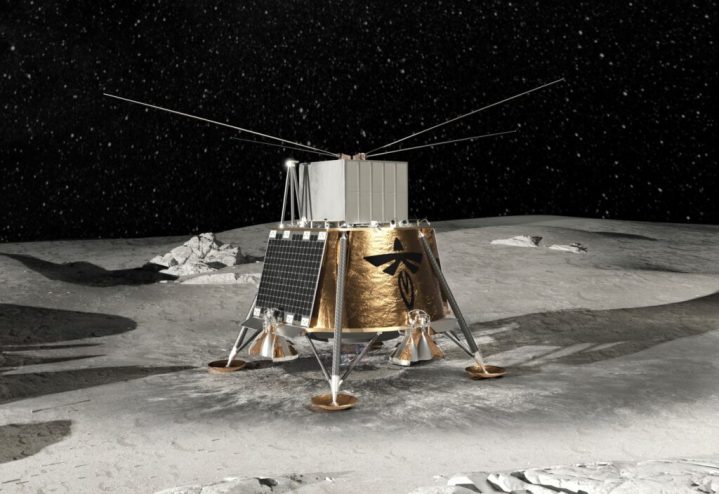NASA has big plans for the moon. From sending the first crewed mission to land on its surface in 50 years to setting up a space station in orbit, the agency has multiple missions planned for exploring our planet’s satellite. These include partnerships with a number of private companies as well as NASA-developed projects, such as under the Commercial Lunar Payload Services, or CLPS, program which will contract out the transportation of small payloads to the moon.
This week, NASA announced it has selected the company Firefly Aerospace to develop a commercial lander for the far side of the moon. The lander, called Blue Ghost, will be used to deliver several NASA payloads to the moon, including a radio observation mission which is placed on the far side of the moon to minimize the radio noise coming from Earth. This natural radio quiet zone will let the Lunar Surface Electromagnetics Experiment-Night (LuSEE-Night) telescope detect faint radio waves from an early period of the universe known as the cosmic dark ages.

“We look forward to Firefly providing this CLPS delivery,” said Joel Kearns, the deputy associate administrator for exploration in NASA’s Science Mission Directorate, in a statement. “This lunar landing should enable new scientific discoveries from the far side of the Moon during the lunar night. This particular group of payloads should not only generate new science but should be a pathfinder for future investigations exploiting this unique vantage point in our solar system.”
As well as LuSEE-Night, Firefly will also be tasked with carrying a communications and data relay satellite called Lunar Pathfinder, which is a collaboration between NASA and the European Space Agency, and which will be deployed into orbit before the lander sets down on the moon’s surface. In addition, the NASA User Terminal payload will assist with communications, and there will be up to seven other payloads from private companies included as well.
“NASA continues to look at ways to learn more about our universe,” said Nicola Fox, associate administrator, Science Mission Directorate. “Going to the lunar far side will help scientists understand some of the fundamental physics processes that occurred during the early evolution of the universe.”
Firefly had a troubled start to its orbital ambitions when its first attempt to reach orbit with its Alpha rocket in September 2021 ended in an explosive failure. But a year later, its second attempt at orbital launch was successful and the rocket was able to deploy its orbital payloads.
The aim is for Firefly to launch its lunar mission, Blue Ghost Mission 1, in 2024.
Editors’ Recommendations
Services Marketplace – Listings, Bookings & Reviews